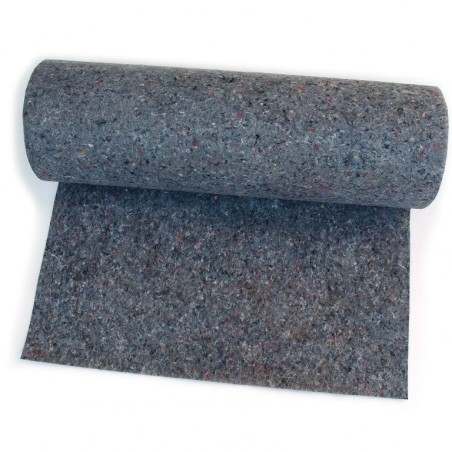The aim of this study was to evaluate the effects of parity and space allowance on selected measures indicative of welfare, and on reproductive parameters, in group-housed sows. Selected animals were at first parity or parity three or greater, and were housed with allocated space allowances per pig of 1.4 or 2.8 m2. Welfare outcome measures included: injury and lameness scores, plasma cortisol levels, neutrophil:lymphocyte ratios and reproductive performance. These values were recorded at a range of timepoints in the first 24 h after mixing, and at 28 days after the mixing event.
In general there were few significant effects of space allowance and parity level on the measured outcomes. However, improved reproduction, as evidenced by increased litter size and born alive figures, was seen as a result of increased space allowance in older animals. A contrary response was observed in gilts. Cortisol responses also indicated that there was a rapid habituation to the stress of mixing with levels returning to baseline within 24 h. Cortisol levels remained low in older animals but unexpectedly showed a peak at 28 days in gilts. It is postulated that this may have arisen as a result of handling events associated with pregnancy testing.

Our results suggest that at least at the chosen stocking densities, parity and space allocation have minimal effect on a number of commonly-used welfare measures.
Alexandra L. Whittaker, Kate J. Plush, Robyn Terry, Paul E. Hughes, David J. Kennaway, William H.E.J. van Wettere. Effects of space allocation and parity on selected physiological and behavioural measures of well-being and reproductive performance in group-housed gestating sows. Livestock Science. Volume 176, June 2015, Pages 161–165. doi:10.1016/j.livsci.2015.03.007




